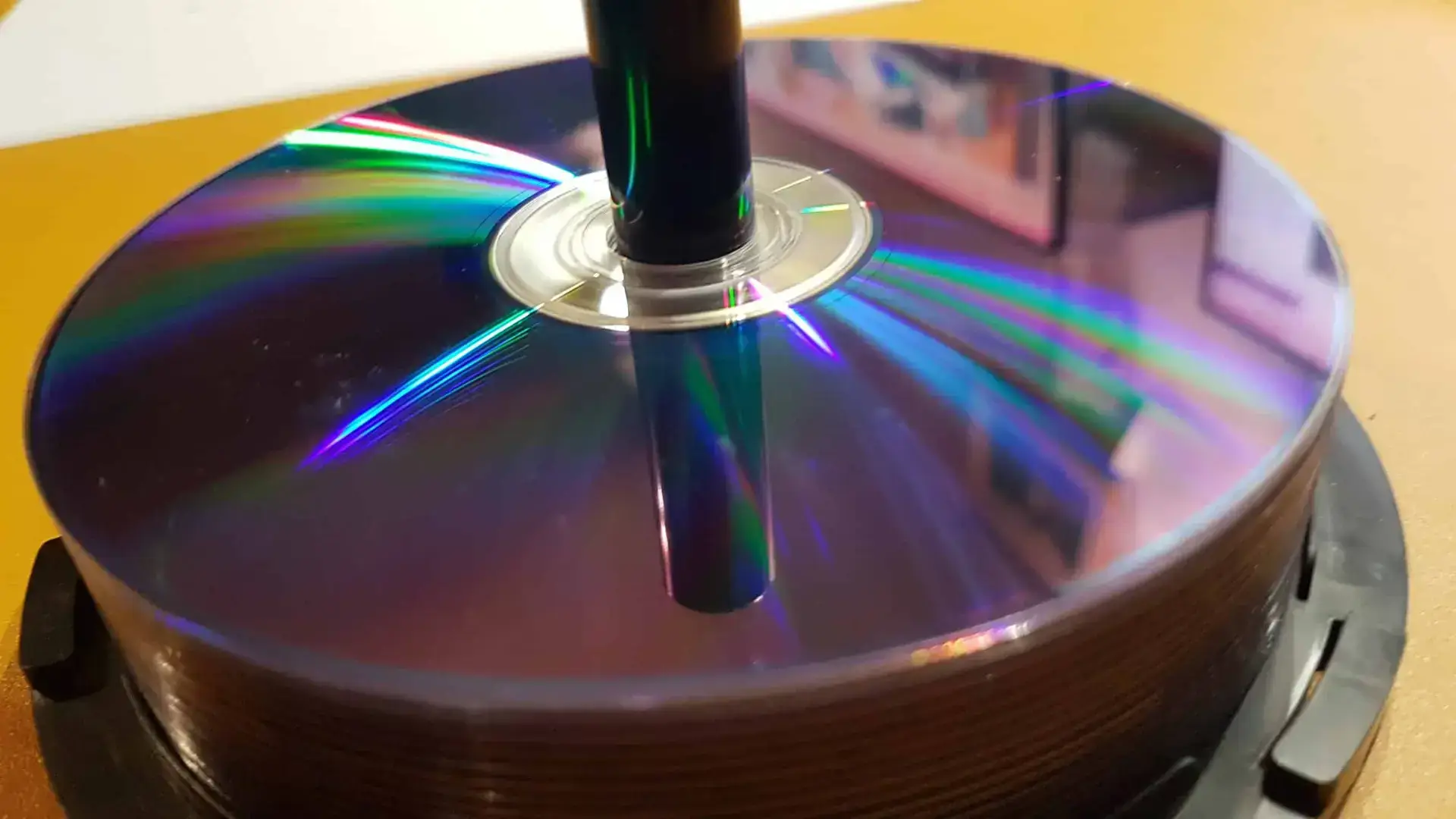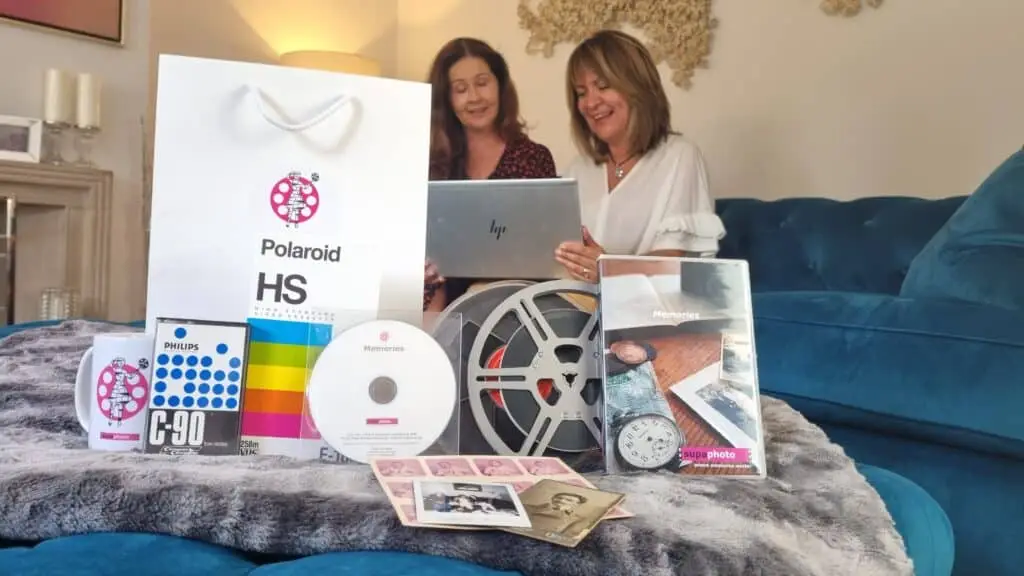- Home
- How to convert discs
How to Convert Discs Guides
Last updated: March 2024
Welcome to our blog on the art of disc format conversion, a space where passion meets preservation. Here, we explore the craft of transferring between CD, DVD, Blu-ray, and digital formats. Each post celebrates the preservation of our cherished media, guiding you through the seamless transition between physical and digital worlds. Join us in safeguarding the stories that matter.
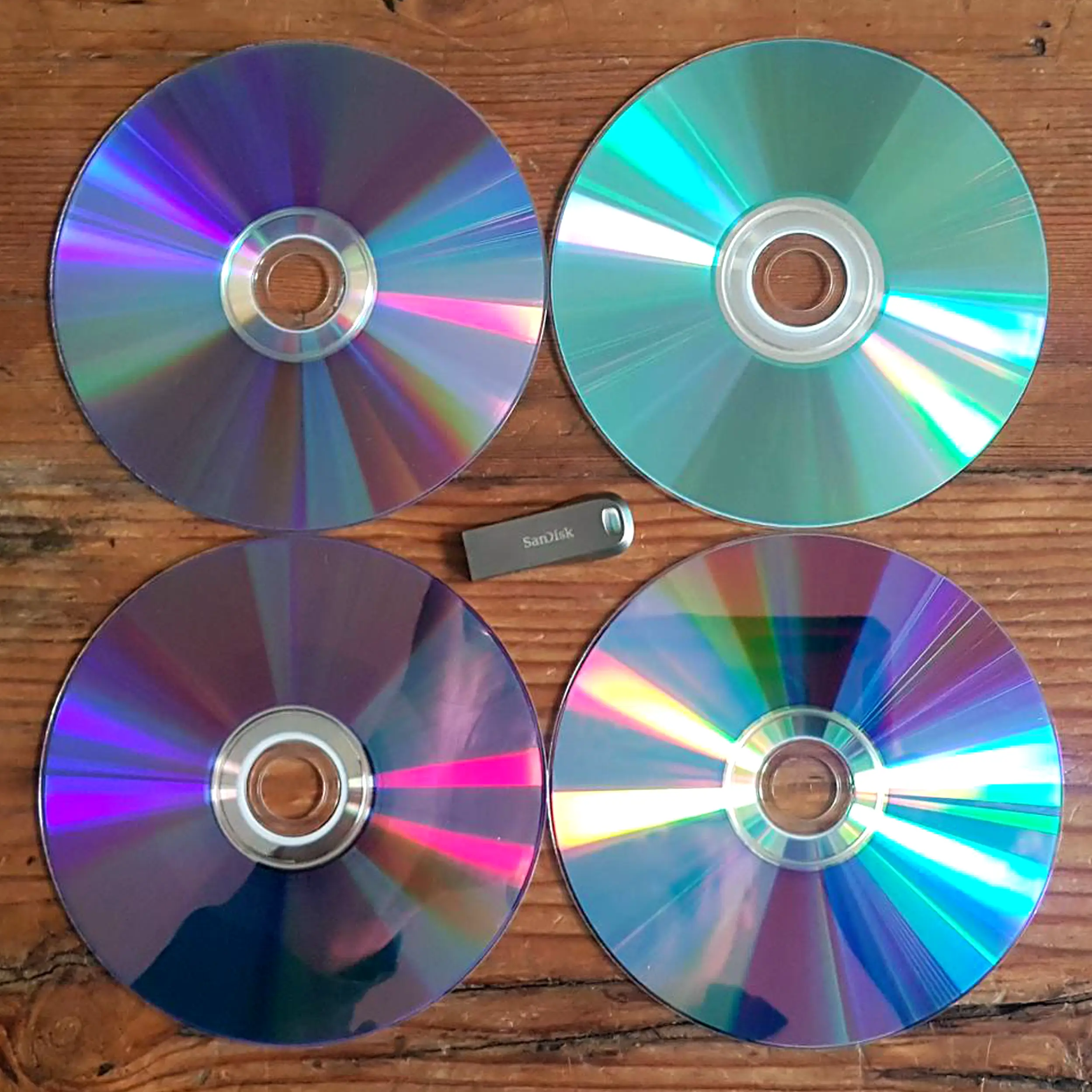
Browse Our Guides:
Disc Format Comparison Table at a Glance
| Main Uses | Advantages | Disadvantages | Resolution/Quality |
|---|---|---|---|
| Movies, software distribution, data storage | Large storage capacity, high video quality | Susceptible to scratching and damage | 720x480 (NTSC), 720x576 (PAL) |
| Music distribution, audio storage, software storage | Durable, widely compatible | Limited storage compared to newer media | 44.1 kHz sampling rate, 16-bit |
| Audio recording and playback, portable media | Compact, rewritable, robust against damage | Niche market, player dependent | ATRAC compression, near-CD quality |
DVDs
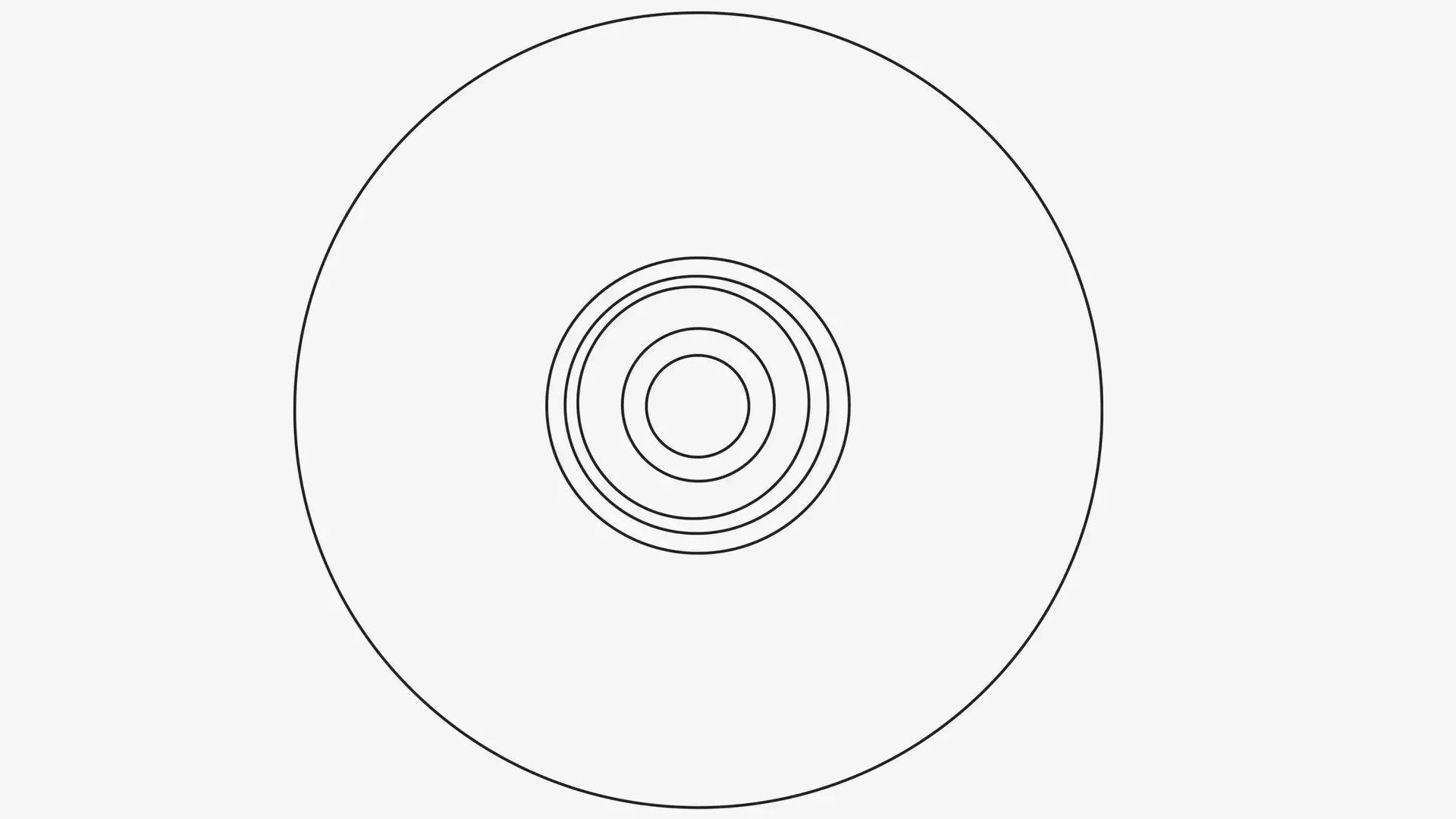
Q. How to copy DVD to USB to play on TV?
A.To convert a DVD to USB, insert the DVD into your computer and connect a USB drive. Utilise DVD ripping software to extract the content onto your computer’s hard drive. Ensure the USB drive is properly formatted and has sufficient space. Transfer the ripped DVD files to the USB drive. Once completed, safely eject the USB drive from your computer. Now, you can play the DVD content directly from the USB drive on compatible devices.
Q. Where can I copy Discs?
A. You can copy discs using a computer equipped with a compatible CD/DVD drive and disc copying software. Insert the disc you want to copy into your computer’s disc drive, open the disc copying software, and follow the instructions to duplicate the contents onto a blank disc or your computer’s hard drive. If you are struggling with a particular type of disc or disc format and would like a professional to take a look, please feel free to give us a call – we would love to help!
Q. How much does it cost to copy DVDs?
A. The cost of copying DVDs can vary depending on factors such as the quantity of DVDs you need to copy, the complexity of the content, and any additional services required. Our prices are summarised in the table below.
| 1 DVD | £29.99 |
| 2 – 5 DVDs | £24.99 each |
| 6+ DVDs | £21.99 each |
Prices include for 1 hour of capture, plenty for most DVDs! – If you have videos that exceed 1 hour, costs are limited to just £9.99 extra per hour, per item.
CDs
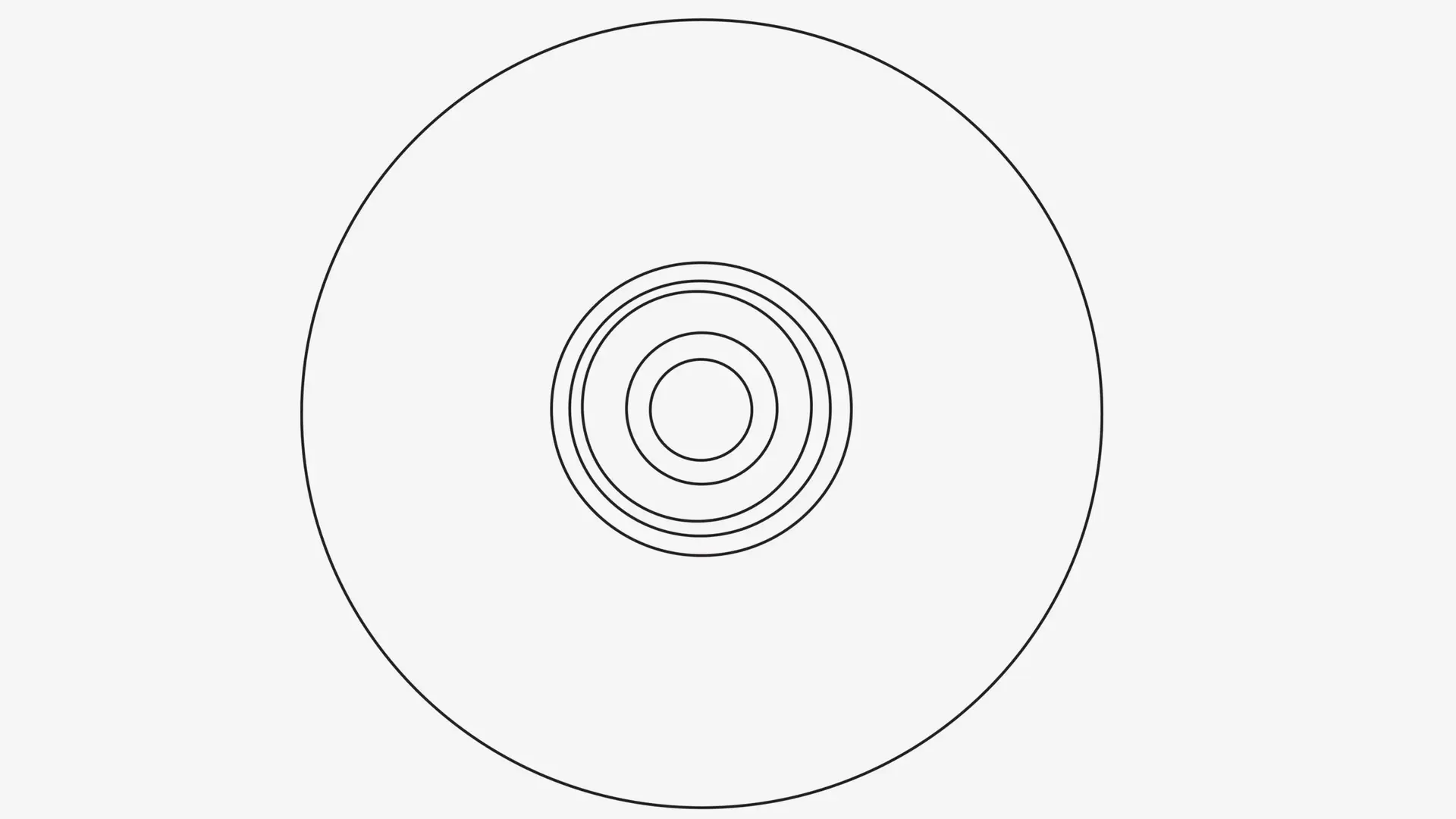
Q. How to convert CD to MP3?
A. To convert a CD to MP3, you’ll need a computer with a compatible CD drive and software capable of ripping audio CDs. Here’s how:
- Insert the CD into your computer’s CD drive.
- Open your preferred media player or CD ripping software
- Locate the option to “rip” or “import” the CD. This is usually found in the menu or toolbar.
- Select MP3 as the output format for the ripped audio files. You may need to adjust the settings to specify the desired quality or bitrate.
- Start the ripping process. The software will extract the audio tracks from the CD and convert them to MP3 format.
- Once the ripping is complete, you’ll have a collection of MP3 files on your computer that you can transfer to your MP3 player, smartphone, or any other device that supports MP3 playback.
Q. How much does it cost to transfer CD to USB?
A. Prices can vary depending on factors such as the number of CDs you want to transfer, the quality of the MP3 files you require, any additional services like editing or organisation, and the rates charged by the service provider. Professional services may charge per CD or offer package deals for larger quantities. Our prices are summarised in the table below:
| 1 CD | £29.99 |
| 2 – 5 CDs | £24.99 each |
| 6+ CDs | £21.99 each |
Prices include for 1 hour of capture, plenty for most CD! – If you have discs that exceed 1 hour, costs are limited to just £9.99 extra per hour, per item.
Mini-Discs
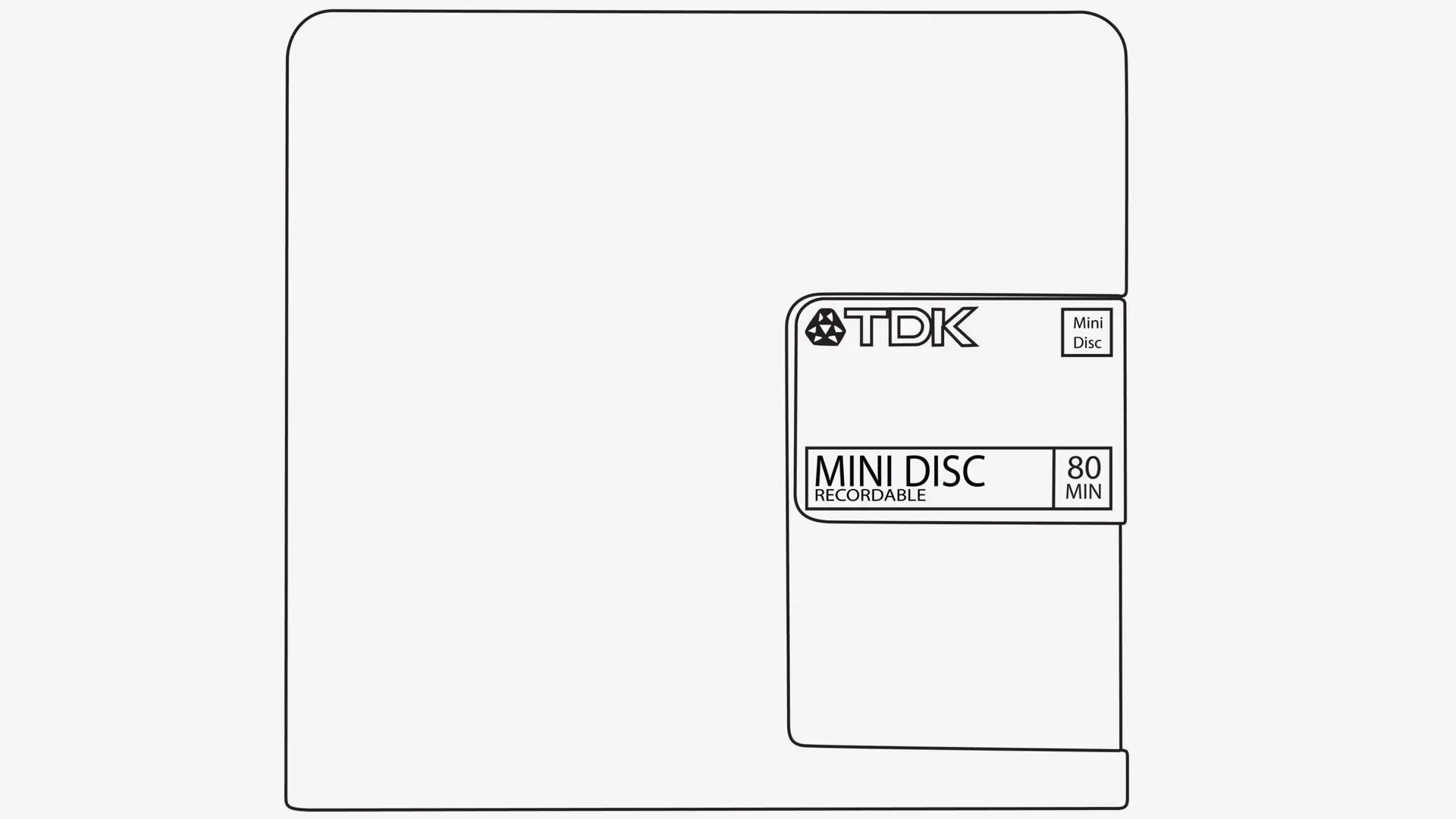
Q. How do I convert Mini Disc to digital?
A. To digitise MiniDiscs, connect a MiniDisc player to your computer’s audio input using a suitable cable. Utilise recording software, such as Audacity, to capture the audio in real-time. Save the recordings in digital formats like WAV or MP3 on your computer. Alternatively, some MiniDisc players offer direct digital transfer via USB output. Ensure to adjust recording settings for optimal sound quality during the digitisation process.
Q. How much does it cost to transfer Mini Disc to Digital?
A. The cost of converting MiniDisc to digital varies depending on factors such as the number of MiniDiscs and the quality of conversion desired. Our prices are outlined in the table below!
| 1 Disc | £29.99 |
| 2 – 5 Discs | £24.99 each |
| 6+ Discs | £21.99 each |
Prices include for 1 hour of capture, plenty for most CD! – If you have discs that exceed 1 hour, costs are limited to just £9.99 extra per hour, per item.
Disc Repair

Q. How to repair DVDs and CDs?
A. To repair DVDs and CDs, you can try the following methods:
- Cleaning: Use a soft, lint-free cloth to gently wipe the disc surface in straight lines from the center to the outer edge. You can also use a mild detergent or rubbing alcohol for stubborn stains.
- Polishing: If there are scratches on the disc surface, you can use a disc repair kit or a mild abrasive polish specifically designed for CDs and DVDs. Apply the polish in a gentle, circular motion and wipe clean with a soft cloth.
- Toothpaste: Some people suggest using toothpaste (non-gel) to fill in small scratches on discs. Apply a small amount of toothpaste to the scratched area, then gently rub it in with a soft cloth. Rinse off the toothpaste and dry the disc thoroughly.
- Repair Kits: Consider using a disc repair kit, which typically includes a polishing solution and a buffing pad designed to remove scratches and restore the disc’s surface.
- Professional Services: If DIY methods don’t work or if the damage is severe, you may opt for professional disc repair services offered by some electronics or media stores.
Remember, prevention is key to maintaining the integrity of your discs. Store them in protective cases, handle them carefully, and avoid exposing them to extreme temperatures or direct sunlight.
Q. How much does it cost to repair DVDs and CDs?
A. The cost of repairing DVDs and CDs can vary depending on the extent of the damage and the method of repair chosen. Our prices are outlined in the table below:
| 1 Disc | £29.99 |
| 2 – 5 Discs | £24.99 each |
| 6+ Discs | £21.99 each |
Also we operate on a No Fix – No Charge policy!
Where can I get my old media converted to
Convert to CD Vs DVD Convert to CD vs DVD....
Can You Recapture Your Christmas Memories On DVD?
Despite our ongoing love for vintage media and technology, isn’t...


